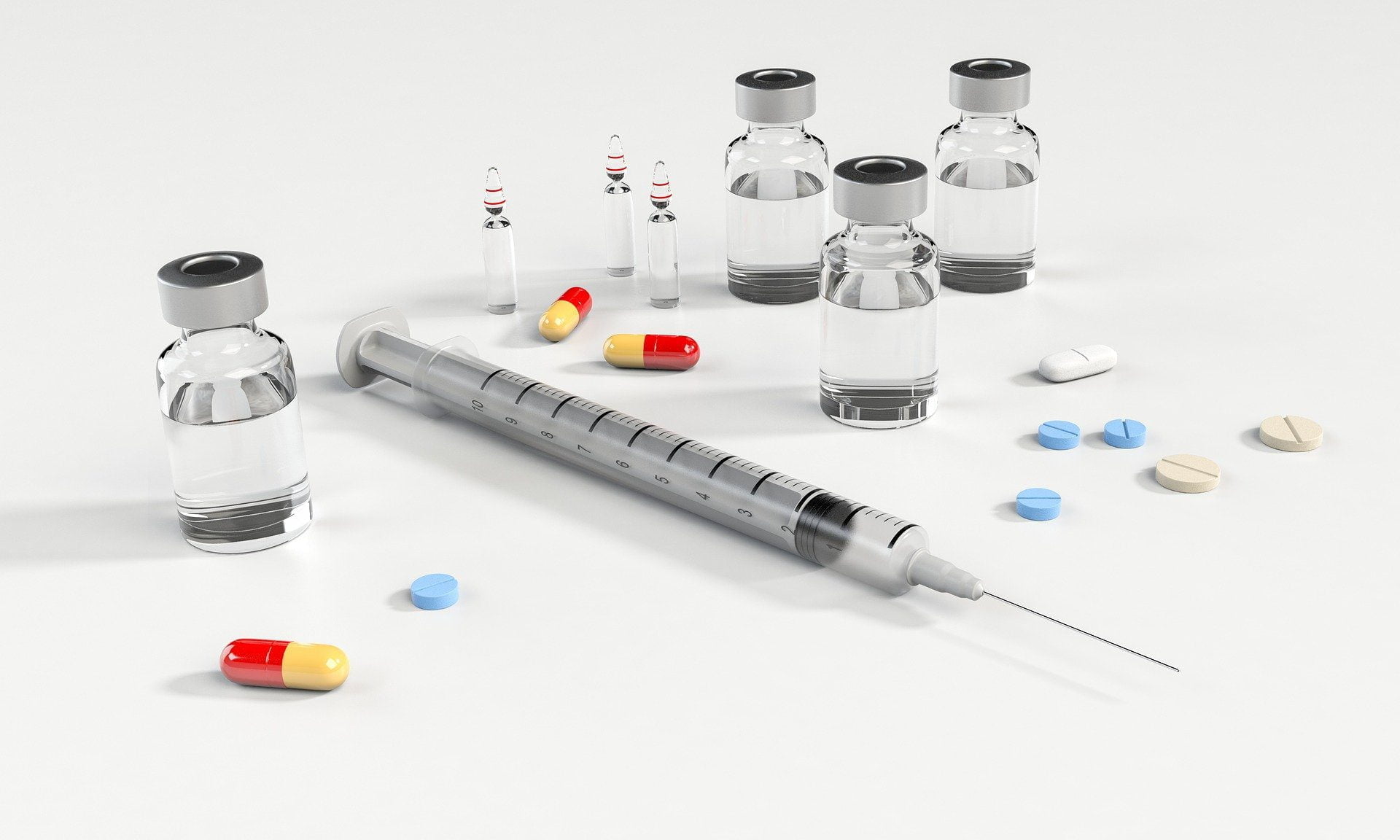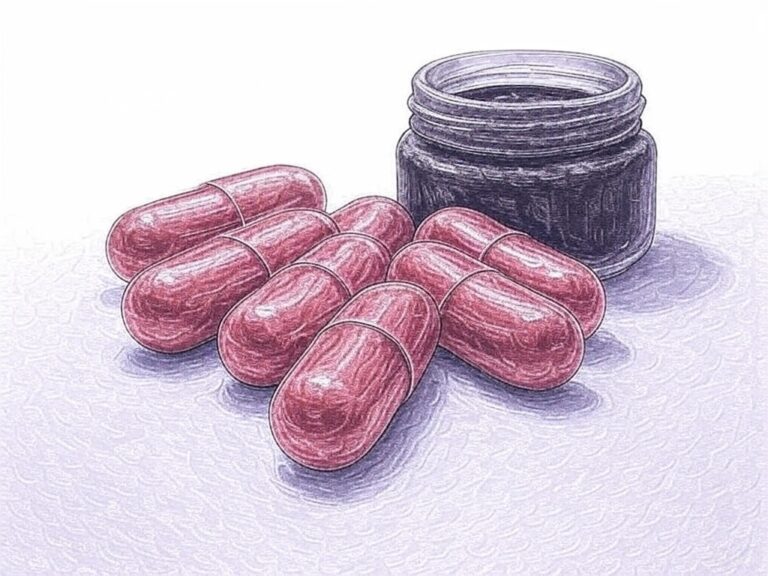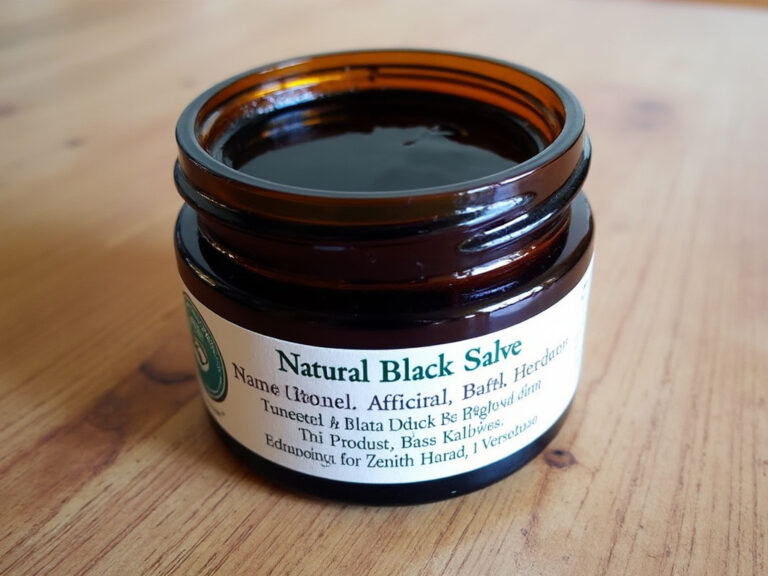
THE PROBLEM OF HIGH DRUG PRICES
Under some crooked federal laws, drug companies are able to patent medicines and vaccines for novel molecules. This means that competitors are now allowed to make and sell the same drug for 20 years. They have absolute exclusivity on the manufacturing and distribution of certain drugs. With this, they are able to jack up the prices as “reasonable” as they want. The best example of this pharmaceutical monopoly is Mylan’s EpiPen. The background of Mylan’s monopoly centered on the issue of increasing its prices for the EpiPen ahead of the release of a generic variant. This is a common tactic to milk as much profit before a generic product appears in the market. How shameless? but this is the norm in the drug manufacturing industry today.
Once new drugs are assessed and approved by the FDA (Food and Drug Administration), patents for the drugs assure drug manufacturers control over prices for a maximum of 20 years. Prices are computed mainly by the R&D costs. Prices will increase as an additional cost to manufacturing, distribution, marketing, and gross profit margin are accounted for. If we talk solely of gross profit margins, the average gross profit margin of big pharma companies can be as high as 77%. To give it an actual dollar perspective, a $100 drug just costs $23 to make, and the $77 becomes pure profit for the company. Pharmaceutical companies are also free to raise drug prices whenever and whatever they want.
What happens to Expired Drug Patents
With the patents in play, competition is virtually inexistent. Competing drug manufacturers often creating the same drug but with separate patents. This is both a waste of time and money in terms of R&D as it’s basically the same drug. Though this has a positive effect on prices being lower, they are often not low enough for patients to afford them. In addition, this concept also hinders the development of a new drug to cure other diseases. As people drive demand due to ailments being common, drug companies usually create their own version of the drug with a separate patent to gain market share. Generic drug makers are often paid off for them not to release the generic version.
The best scenario would be companies sharing the patent to create the drug so that it would be cheaper to manufacture. Prices, of course, would be less as competition would be high if there are more manufacturers. Profit margins would be more reasonable in this scenario.
Drug patents eventually expire. With this, generic drug manufacturers can start creating the drug and selling them at a much lower price. But even this does not assure prices will be affordable enough for patients to buy. Generic drug makers are also facing monopolies and competition in their own world. As a result of these dynamics, the prices of old and familiar generic drugs are increasing dramatically.
IS THERE A SOLUTION?
As long as drug manufacturers, may it be small or big, hold a pharmaceutical monopoly over every new drug or therapies that they develop. A free or open market solution is inexistent to lower the prices of much-needed drugs. The only solution is to inject non-market influences like government grants, university collaborations, and price control laws. Negotiating prices is a direct influence for governments in lowering prices for the people. These negotiations often lead to fewer profits for drug companies but they are profits nonetheless and most of the deals they make with governments are guaranteed deals.
The drug manufacturing industry always insists that the monopoly is essential to fund continued R&D and other improvements to old and new drugs. The high prices are justified so they can innovate and improve. The question we need to ask is how much money will we give Pharmaceutical companies for R&D and who should decide. Governments play a big role in solving or even just mitigating the issues of high drug prices and pharmaceutical monopoly. Make sure to keep this in mind especially with the election just right the corner.
Resources:
https://www.openmarketsinstitute.org/learn/drug-prices-monopoly



